Intel's Core i7 870 & i5 750, Lynnfield: Harder, Better, Faster Stronger
by Anand Lal Shimpi on September 8, 2009 12:00 AM EST- Posted in
- CPUs
The LGA-1156 Socket: Size and Installation
The first Core i7, Bloomfield, went into a 1366-pin LGA socket:
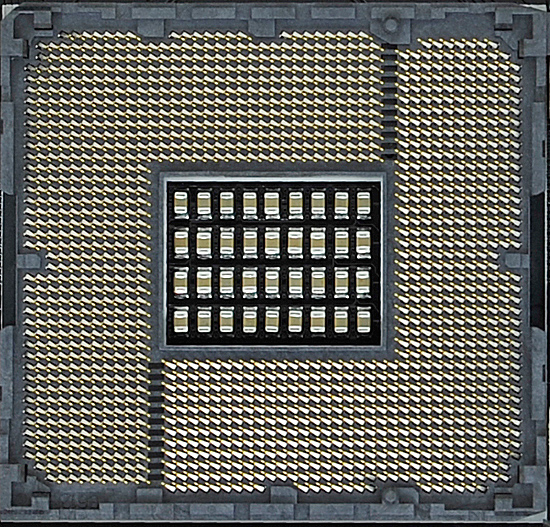
A year later we have Lynnfield, and it fits in a much tighter space:
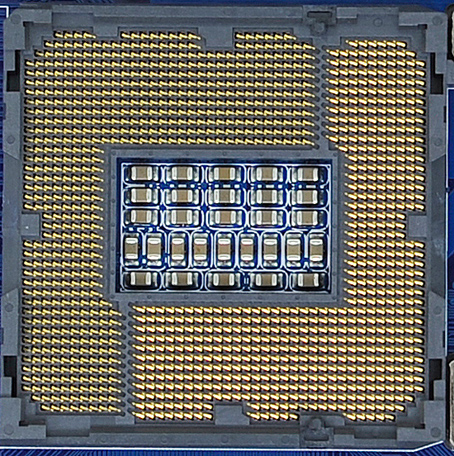
The LGA-1156 socket and Lynnfield CPUs are about as big as the old LGA-775 sockets/chips:
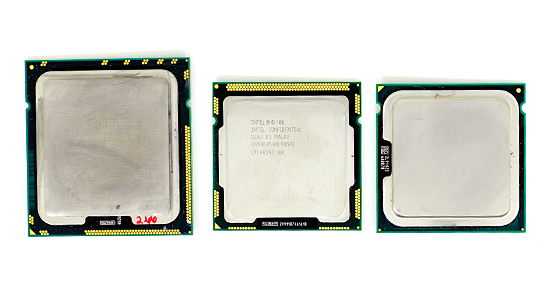
From Left to Right: Intel Core i7 "Bloomfield" (LGA-1366), Intel Core i7 "Lynnfield" (LGA-1156), Intel Core 2 Quad "Yorkfield" (LGA-775)
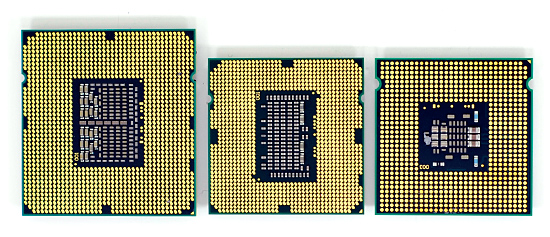
Note the pad densitiy of Lynnfield vs. LGA-775 processors
The installation process is largely the same as any other Intel LGA socket, the difference being that LGA-1156 uses a new one-sided retention mechanism.
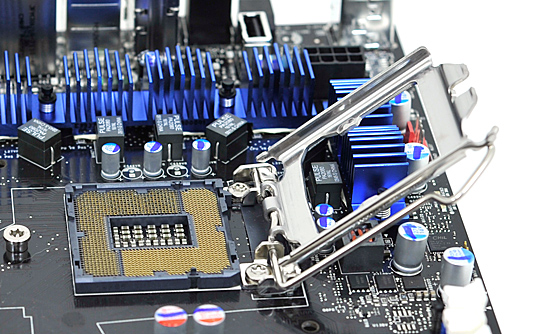
After the socket is "open", gently place the CPU on top of the pins. The chip can only fit in one direction so just pay attention:
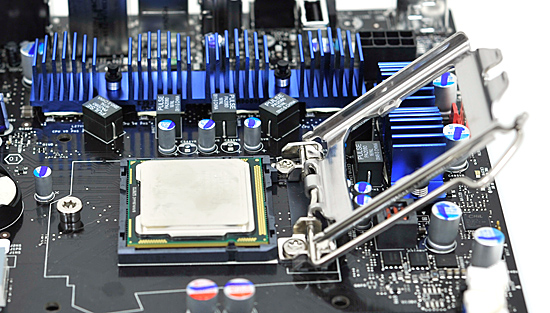
With the chip in the socket and the lever still pulled back, move the socket cover over the CPU and slide its teeth under the retention screw on the opposite side:

Then, lower the lever, lock it in place and you're good to go:
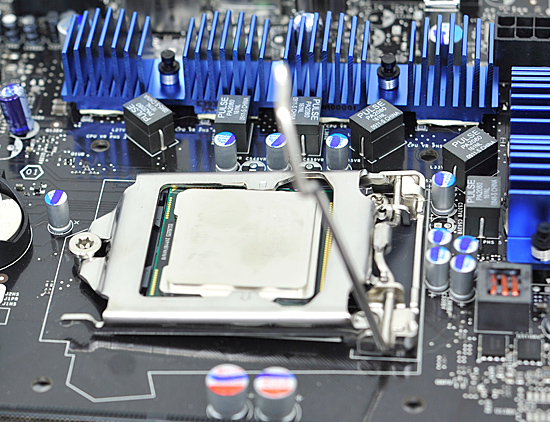











343 Comments
View All Comments
lordmetroid - Tuesday, September 8, 2009 - link
I am using Linux!andrenb91 - Wednesday, September 9, 2009 - link
c'mon probably u still running windows for somethings...wine doesn't work owith every thin...i run liux on dual boot for years and still trying to make wine run fligh simulator x..which is the only game I play...remember, these benchmarkes are only for win bases pcs, in linux the history is diferent, see it at phoronix.com...james jwb - Tuesday, September 8, 2009 - link
is turbo boost on for the benchmarks?snakeoil - Tuesday, September 8, 2009 - link
yes they benchmarked with turbo boost, that is cheating because thats overclocking the processor at least 600 mhz and presenting the results as it were at stock speeds.that's abusing the reader's trust.
maxxcool - Tuesday, September 8, 2009 - link
Hahaha, you are just as much of a idiot here as on techreport snake! ... did you come here and claim to have proof that i5 will not run xp-mode to?hahahaha, your just sad that Amd did not come up with this feature 1st.
Jarp Habib - Tuesday, September 8, 2009 - link
"yes they benchmarked with turbo boost, that is cheating because thats overclocking the processor at least 600 mhz and presenting the results as it were at stock speeds.that's abusing the reader's trust. "
This statement is a load of bullcrap. Anand's intent is to present the benchmarks in a way reflective of the chip's standard performance in normal use- hence not manually overclocking for maximized performance. The processor's very design revolves on itself automatically shutting down inactive cores and boosting the speed of active cores, *regardless* of what the end user does to the chip in BIOS or what apps he's running. Since all you need to do to use Turbo Boost is just *install the CPU in your system* then benchmarks should be run with it enabled.
If you want to COMPLETELY level the playing field, then TurboBoost should be shut down, for both Bloomfield i7 chips and Lynnfield i5 AND Lynnfield i7, as well as future i3 and i9. Also, HyperThreading must be disabled from all chips, 3DNow!, SpeedStep, Cool N' Quiet, MMX and the entire SSE instruction sets. After all, each different type of CPU executes those standard instruction sets differently. And since the SpeedStep and Cool N Quiet instructions force the chip to underclock and shut off cores while at idle, they must be eliminated from testing as well, or they'll throw off your idle power consumption benchmarks.
Since you will be normalizing the clock frequencies as well, you can save time by only needing to test just one chip from each product line. I'm not sure just how you will normalize the clock frequencies of your test units *without overclocking or underclocking* some of them though. Perhaps you'll let me know?
Meanwhile, back in the real world...
Voo - Tuesday, September 8, 2009 - link
The difference is, that turbo mode impairs the possible benefit of overclocking the chip, while most things you enumerated do not.If you want to get the maximum out of the 860 you've got to disable turbo mode as we see in the review, so for everyone who'd want to overclock their CPU the most interesting test would be a comparison between the two chips both at their maximum stable performance. Which at the moment means disabling turbo mode as we can see.
erple2 - Tuesday, September 8, 2009 - link
A-HA! So really, you're just interested in the benchmark "What does the maximum overclock do", not "How does the CPU perform at normal operations". BTW, does disabling HT does improve overclocking a little bit, so should that also be disabled? Cool-n-Quiet plus SpeedStep may also affect overclocking capabilities. Should those be disabled? I fail to see the difference between what the GP said and your justifications.MadMan007 - Tuesday, September 8, 2009 - link
I'm not bothered by enabled Turboboost in a 'stock speed' review either but I would really like to see more sites run their benchmark suite with 3.6-4.0GHz (or higher) C2D, C2Q and Phenom II versus overclocked but non-Turboboost i5/i7. The reason is that this type of comparison would be most directly useful for the site's enthusiast readerships to know what the actual difference between *their rig* and an i5/i7 would be.Kaleid - Thursday, September 10, 2009 - link
Seconded.